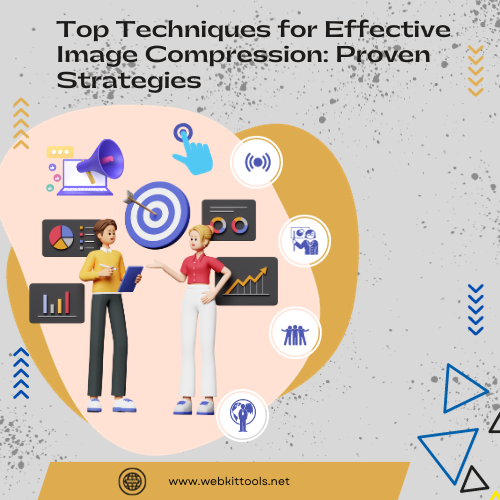Pressure Converter
Pressure Converter - Online Converter
Pressure Converter
Learn all about pressure converters and essential tools for converting pressure measurements efficiently. Discover how they work, their importance, and how to choose the right one for your needs.
What is a pressure converter?
Pressure plays a crucial role in engineering, manufacturing, and various industrial applications. Pressure measurements from hydraulic systems to pneumatic machinery guide operations and ensure safety. However, different systems may utilize varying units or scales for pressure, necessitating conversion. This is where pressure converters come into play, bridging the gap between different pressure measurement units and enabling seamless communication between systems.
Why do we need pressure converters?
The necessity arises due to the diverse range of pressure measurement units used across industries and applications. For instance, while one system might utilize psi, another might require measurements in bar or kPa. Pressure converters facilitate seamless communication and compatibility between these systems, ensuring accurate data exchange and efficient operation.
Pressure converters operate based on fundamental principles of physics and engineering. At their core, they utilize mathematical algorithms to convert pressure readings from one unit to another. Different types of pressure converters are available, ranging from simple handheld devices to sophisticated digital systems.
Choosing the Right Converter
Selecting the appropriate pressure converter involves matching its specifications to the requirements of your application.
Matching converter to application: Consider your system or process's specific needs, such as pressure range, measurement units, and environmental factors. Choose a converter that aligns with these requirements to ensure accurate and reliable performance.
What are the common pressure measurement units?
Pressure can be measured in various units, including pounds per square inch (psi), pascals (Pa), bars, and kilopascals (kPa).
How do pressure converters work?
Pressure converters utilize mathematical algorithms to convert pressure readings from one unit to another, ensuring compatibility between systems and applications.
What factors should I consider when choosing a pressure converter?
Key factors to consider include accuracy, precision, pressure range, supported units, environmental conditions, and cost.
How often should I calibrate my pressure converter?
The calibration frequency depends on usage, environmental conditions, and manufacturer recommendations.
What are some common maintenance tasks for pressure converters?
Routine maintenance tasks include:
- Calibration checks.
- Cleaning.
- Inspection for damage or leakage.
- Ensuring proper installation and connection.
Conclusion
In conclusion, pressure converters are invaluable for ensuring accurate and efficient pressure measurement across diverse applications and industries. Bridging the gap between different pressure units and systems enables seamless communication and compatibility, enhancing safety, productivity, and performance.














